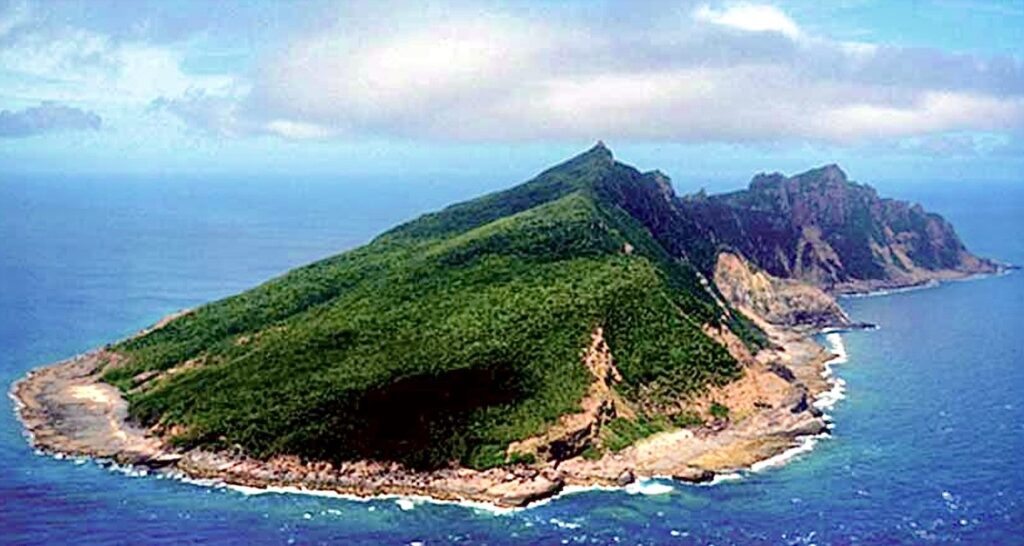
- ARAB NEWS
- 17 Aug 2025

TOKYO: Japan on Saturday strongly protested “the violation” of its territorial waters and airspace around the Senkaku Islands by Chinese Coast Guard vessels and a helicopter.
“We have confirmed that shortly after noon on May 3rd, four Chinese Coast Guard vessels entered our territorial waters around the Senkaku Islands and that a helicopter that took off from one of the Chinese Coast Guard vessels that entered our territorial waters violated our territorial airspace around the islands,” the Foreign Ministry in Tokyo said.
In response to that violation, Director-General Kanai of the Asian and Oceanian Affairs Bureau summoned Zhao Baogang, Deputy Chief of Mission at the Chinese Embassy in Tokyo, to the Ministry of Foreign Affairs and expressed strong protest these actions by the China Coast Guard that violate Japan’s sovereignty, the Ministry said.
Kanai strongly urged that such actions be prevented from recurring.
The Senkaku Islands, or Diaoyu Islands, as China calls them, are a group of uninhabited islands in the so-called East China Sea. Japan claims the islands as its territory based on the doctrine of ‘prior occupation’ and ‘effective control’. The doctrine of ‘prior occupation’ asserts that Japan was the first to discover and use the islands, while ‘effective control’ refers to Japan’s continuous administration and governance of the islands. On the other hand, China claims historical title and that the islands have always been part of Chinese territory.
In 1992, China enacted the Law on the Territorial Sea and the Contiguous Zone, explicitly delineating its claim over the islands as part of Chinese territory. Since 2008, China has been sending government ships to the waters off the Senkaku Islands and has repeatedly made incursions into Japanese territorial waters.
Japan has consistently maintained that there has never been any agreement with China to “shelve” issues regarding the Senkaku Islands, which is made clear by published diplomatic records.
Since 2008, China has been sending government ships to the waters off the Senkaku Islands and has repeatedly made incursions into Japanese territorial waters.
The Chinese Government did not contest Japan’s sovereignty over the Senkaku Islands for approximately 75 years following the incorporation of the Senkaku Islands in 1895. This situation changed in the 1970s when significant attention was drawn to the islands due to the potential existence of the oil reserves in the East China Sea.
After the incorporation of the Senkaku Islands into Japanese territory, Japanese civilians settled on the previously uninhabited islands. They obtained permission from the Government and ran businesses such as dried bonito manufacture and feather collecting. The islands counted more than 200 inhabitants at one point, and taxes were collected from the inhabitants. This history connects us to the islands’ past.
The Government of Japan continues to control and administer the territory through patrolling and law enforcement.
After World War II, the San Francisco Peace Treaty placed the Senkaku Islands under the administration of the United States as part of Okinawa. This arrangement was part of the broader post-war restructuring of territories in the region. The treaty reaffirmed the islands’ status as part of Japanese territory.
Furthermore, the Senkaku Islands were included in the 1972 Okinawa Reversion Agreement between the United States and Japan. This agreement marked the return of administrative rights over Okinawa and its surrounding islands, including the Senkaku Islands, from the United States to Japan. All these facts point to the Senkaku Islands being a consistent part of Japanese territory in the post-war international order and accordance with international Law.